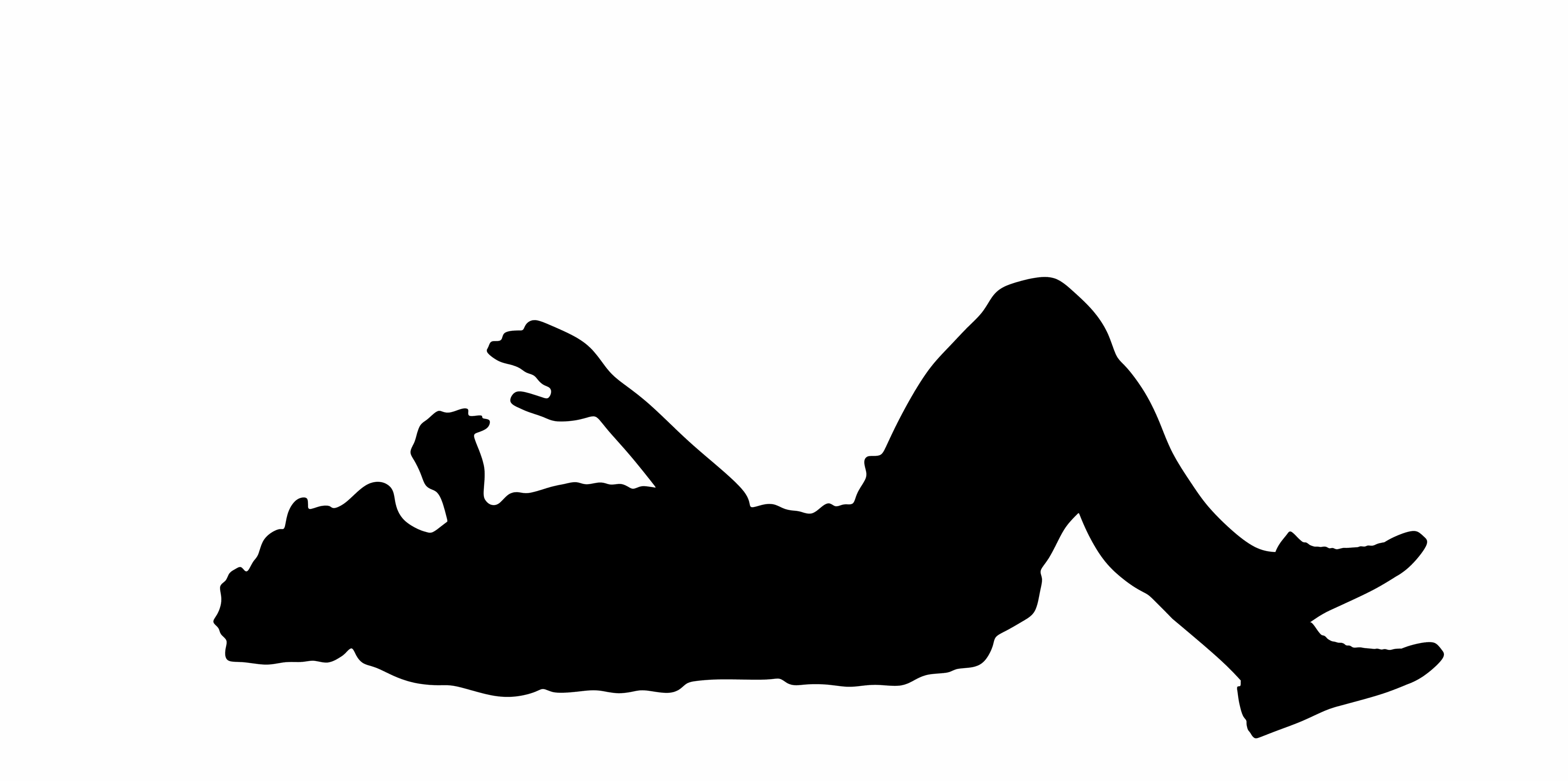Applied Sciences, Vol. 14, Pages 9028: Elderly Fall Detection In Complex Environment Based On Improved Yolov5s And Lstm

Applied Sciences, Vol. 14, Pages 9028: Elderly Fall Detection in Complex Environment Based on Improved YOLOv5s and LSTM
Applied Sciences doi: 10.3390/app14199028
Authors: Thioanh Bui Juncheng Liu Jingyu Cao Geng Wei Qian Zeng
This work was conducted mainly to provide a healthy and safe monitoring system for the elderly living in the home environment. In this paper, two different target fall detection schemes are proposed based on whether the target is visible or not. When the target is visible, a vision-based fall detection algorithm is proposed, where an image of the target captured by a camera is transmitted to the improved You Only Look Once version 5s (YOLOv5s) model for posture detection. In contrast, when the target is invisible, a WiFi-based fall detection algorithm is proposed, where channel state information (CSI) signals are used to estimate the target’s posture with an improved long short-term memory (LSTM) model. In the improved YOLOv5s model, adaptive picture scaling technology named Letterbox is used to maintain consistency in the aspect ratio of images in the dataset, and the weighted bidirectional feature pyramid (BiFPN) and the attention mechanisms of squeeze-and-excitation (SE) and coordinate attention (CA) modules are added to the Backbone network and Neck network, respectively. In the improved LSTM model, the Hampel filter is used to eliminate the noise from CSI signals and the convolutional neural network (CNN) model is combined with the LSTM to process the image made from CSI signals, and thus the object of the improved LSTM model at a point in time is the analysis of the amplitude of 90 CSI signals. The final monitoring result of the health status of the target is the result of combining the fall detection of the improved YOLOv5s and LSTM models with the physiological information of the target. Experimental results show the following: (1) the detection precision, recall rate, and average precision of the improved YOLOv5s model are increased by 7.2%, 9%, and 7.6%, respectively, compared with the original model, and there is almost no missed detection of the target; (2) the detection accuracy of the improved LSTM model is improved by 15.61%, 29.36%, and 52.39% compared with the original LSTM, CNN, and neural network (NN) models, respectively, while the convergence speed is improved by 90% compared with the original LSTM model; and (3) the proposed algorithm can meet the requirements of accurate, real-time, and stable applications of health monitoring.


